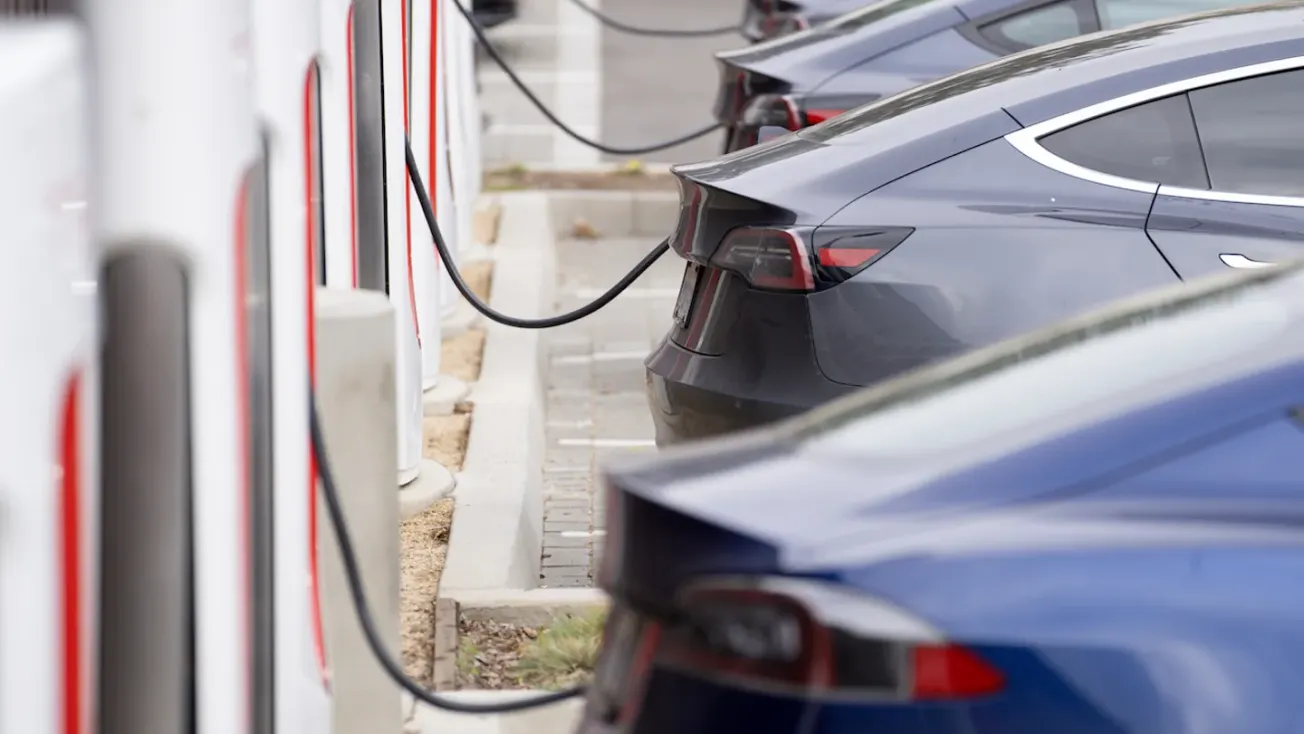Mandating a change to EV ownership and further financial austerity onto those who can least afford it is facing a rebellion from those who need transportation. The problem is that manufacturers are loading up the ‘supply chain’ with EVs on dealer lots, but they’re not seeing the ‘demand’ for EVs coming from the public.
The current EV ownership profiles are reflected in the oligarchic elite owners are that they are:
- Highly educated.
- Highly compensated.
- Multi-car families.
- Low mileage requirements for the second car, ie the EV.
- Reside in a ‘temperate’ climate like CA or FL Almost 40 per cent of EVs are in CA, and CA has six times as many EVs as FL.
Unlike the profile of current EV owners, the owners of internal combustion engine vehicles are dramatically different from most potential EV vehicle owners.
- Many are single-car owners.
- Most of the potential car buyers are not as highly educated.
- Nor as highly compensated as the elite EV owners.
- Mandating a change to EV ownership and forced austerity may face a rebellion from those who need affordable vehicle transportation.
EV sales are beginning to hit a speed bump
- Hertz, previously an eager early adopter of fleet electrification, announced a big sell-off of EVs.
- Ford’s electric vehicle business lost nearly $4.7 billion in 2023 and could lose another $5 billion in 2024; thus, Ford slashed EV production, having earlier pulled back on planned battery factories.
- Unsold new EVs are piling up on dealer lots, spurring aggressive discounting.
- “No one wants to buy used EVs,” as Fortune reports, leaving EV used-car values in free fall.
According to one industry executive, the situation “has the potential to destroy billions” of dollars in value for auto firms.
1 – By law, the credit in the Inflation Reduction Act is supposedly available only when purchasing vehicles built with materials sourced primarily in the US.
2 – However, nearly all battery materials are currently foreign-made and will remain so for ages.
3 – An Inflation Reduction Act exception allowing credit for leased vehicles built with foreign materials. Evidently, the pen is mightier than the miner.
4 – Thus, leasing has soared to over half of all EV sales in America, as leasing is the only way to capture the federal $7,500 tax credit for most EVs.
The American government provides incentives and tax deductions to transition society to EVs, but those incentives are financial incentives for the continuation of child labor and ecological destruction ‘elsewhere.’ Is it ethical and moral to provide financial support to developing countries that are mining for exotic minerals and metals to build EV batteries for Americans?
The putative EV revolution is stalling for three main reasons, and not because of ‘dead robots’ or the other road bumps in recent news. What will happen is that:
- We’ll run out of money to subsidize the common folk.
- We’ll run out of copper and other foreign-sourced special metals.
- Car drivers will run out of patience in putting up with inconveniences.
International Energy Agency (IEA) reports that global gasoline consumption in 2023 blew past the pre-lockdown 2019 peak, even with roughly 30 million EVs on the world’s roads, up from near zero a decade ago. The primary reason may be that EVs are mainly second vehicles with low mileage vs the high mileage workhorse vehicles that are internal combustion engines.
The CO2 emissions arising from building an EV before it gets driven revolve around a simple fact: a typical EV battery weighs about 1,000 pounds. That half-ton battery is made from a wide range of minerals, including copper, nickel, aluminum, graphite, and lithium. Accessing those minerals requires digging up and processing some 250 tons of earth per vehicle, mostly in poorer developing countries with minimal labor laws and environmental regulations.
The battery pack is a complex electrochemical system made from hundreds or thousands of parts, including sensors, safety systems, cooling or heating systems, and a boatload of power electronics.
The underlying material requirements from developing countries are the single constraint that will cause the EV to stall out before other factors kick in. All the world’s mines, both currently operating and planned, can supply only a small fraction of the 700 percent to 4,000 percent increase in various minerals like copper, lithium, nickel, cobalt, and other rare earth elements that are essential components in many of today’s rapidly growing electricity technologies that will be needed to meet the wildly ambitious EV goals.
The rate of EV adoption is currently braking before there’s a battery-dominated future because, again, we’ll run out of money, copper, etc, and political tolerance for enriching other nations – especially China, where 50 percent to 90 percent of the critical materials are now controlled and produced and will be for years yet to come, no matter how lawmakers rewrite the sourcing regulations.
Again, the elites have bought them and will continue to buy them, BUT we’re running out of elites to buy EVs!
Please share this information with your friends to further enhance conversations about Energy Literacy, as Breezes and Sunshine cannot manufacture anything. Electricity CANNOT exist without crude oil!
This article originally appeared at America Out Loud.









